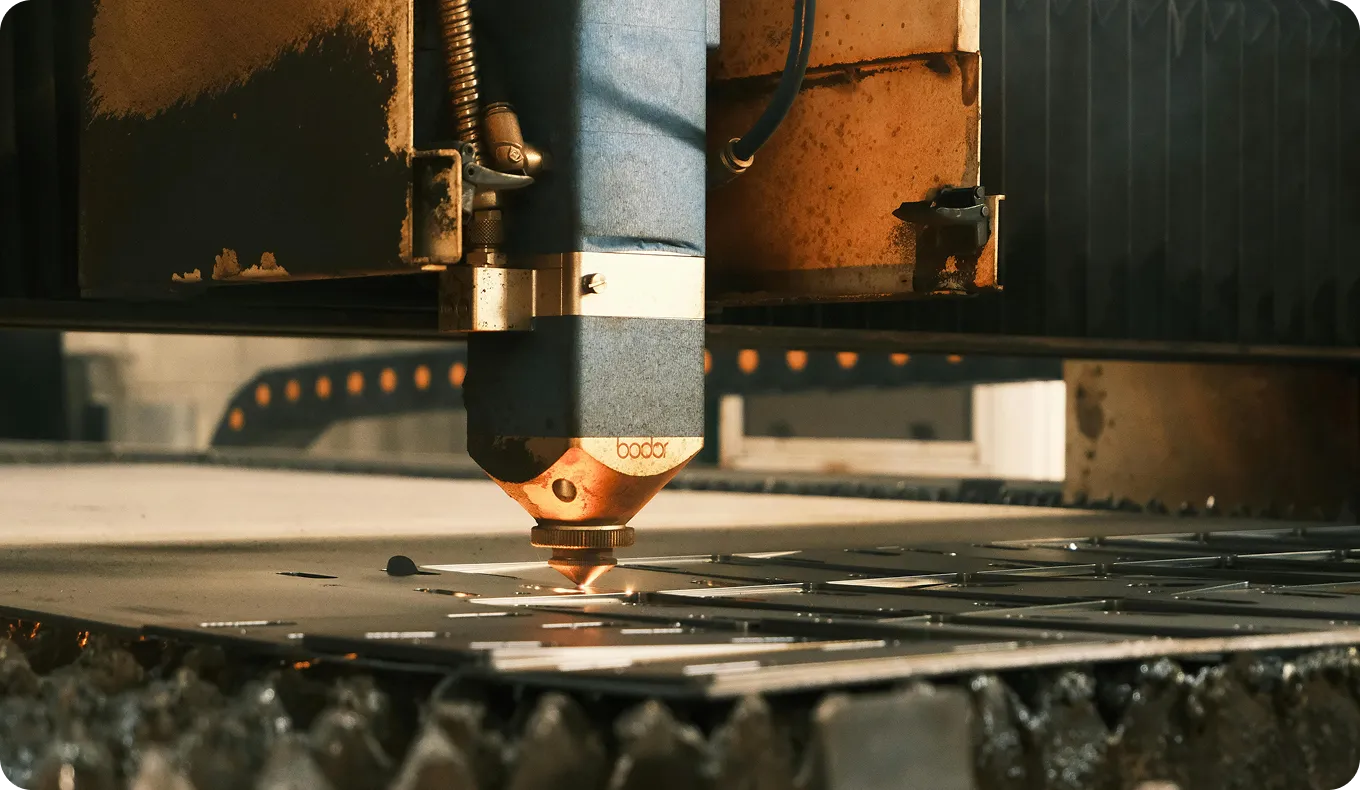TPU (Tensör İşleme Birimi)
Tensör İşleme Birimlerinin (TPU'lar) eğitim, çıkarım ve nesne algılama gibi makine öğrenimi görevlerini benzersiz bir verimlilikle nasıl hızlandırdığını keşfedin.
Tensör İşleme Birimi veya TPU, Google tarafından özellikle makine öğrenimi (ML) ve derin öğrenme iş yükleri için geliştirilen özel yapım bir donanım hızlandırıcı türüdür. Bu uygulamaya özel entegre devreler (ASIC'ler), sinir ağlarını eğitmek ve çalıştırmak için temel olan tensör ve matris hesaplamalarını önemli ölçüde hızlandırmak için tasarlanmıştır. TPU'lar, büyük ölçekli makine öğrenimi görevleri için yüksek performans ve güç verimliliği sağlamak üzere tasarlanmıştır ve bu da onları modern yapay zeka altyapısında çok önemli bir bileşen haline getirmektedir.
TPU'lar Nasıl Çalışır?
TPU'lar, yapay zeka modellerinin gerektirdiği büyük hacimli hesaplamaların üstesinden gelmek için tasarlanmıştır. Mimarileri, sinir ağlarındaki temel matematiksel işlem olan matris çarpma işlemi için son derece optimize edilmiştir. Genel amaçlı işlemcilerin aksine TPU'lar, derin öğrenme modellerinin doğası için çok uygun olan yüksek verimli, düşük hassasiyetli aritmetiğe odaklanır. Büyük veri yığınlarını paralel olarak işleyerek, hem model eğitimi hem de gerçek zamanlı çıkarım için gereken süreyi önemli ölçüde azaltabilirler. En yaygın olarak Google Cloud Platform üzerinden erişilirler ve TensorFlow ve PyTorch gibi ML çerçeveleriyle sıkı bir şekilde entegre edilirler.
Gerçek Dünya Uygulamaları
TPU'lar, günümüzde mevcut olan en zorlu yapay zeka uygulamalarından bazılarına güç sağlamada önemli bir rol oynamaktadır.
- Büyük Dil Modellerinin (LLM'ler) Eğitimi: Google, arama motorunun arkasındaki modeller ve Gemini gibi diyalogsal yapay zeka dahil olmak üzere en gelişmiş temel modellerini eğitmek için TPU Pod'ları olarak bilinen büyük TPU kümelerini kullanır. TPU Pod'ların devasa paralel hesaplama kapasitesi, trilyonlarca parametreye sahip modelleri diğer donanımlarda alacağı sürenin çok altında bir sürede eğitmelerine olanak tanır.
- Google Hizmetlerine Güç Verme: TPU'lar çok sayıda Google ürününde çıkarım yapmak için kullanılmaktadır. Örneğin, Google Fotoğraflar'da insanları, nesneleri ve sahneleri aramak için hızlı görüntü tanımayı sağlarlar. Benzer şekilde, Google Çeviri'de gerçek zamanlı çeviriye güç verirler ve Google Asistan'da konuşma tanıma için kullanılırlar. DeepMind ayrıca dünyanın en iyi Go oyuncusunu yenen yapay zeka AlphaGo'yu eğitmek için TPU'ları kullanmıştır.
TPU'lar vs GPU'lar vs CPU'lar
TPU'lar, GPU'lar ve CPU'ların hepsi işlemci olsa da, çok farklı amaçlar için tasarlanmışlardır.
- CPU (Merkezi İşlem Birimi): Genel amaçlı görevler için tasarlanmış bir bilgisayarın "beyni". Bir CPU, çok çeşitli talimatları sırayla işleme konusunda mükemmeldir, bu da onu işletim sistemlerini ve standart yazılımları çalıştırmak için gerekli kılar, ancak yapay zekadaki devasa paralel hesaplamalar için daha az verimli hale getirir.
- GPU (Grafik İşlem Birimi): Başlangıçta grafik oluşturmak için yaratılan bir GPU'nun mimarisi binlerce çekirdek içerir ve bu da onu paralel işlemede oldukça etkili hale getirir. NVIDIA ve AMD gibi şirketlerin GPU'ları mükemmel bir performans ve esneklik dengesi sunarak Ultralytics YOLO11 gibi eğitim modelleri için onları popüler hale getirir.
- TPU: Google tarafından özellikle sinir ağı iş yükleri için oluşturulan son derece özel bir hızlandırıcı. Genel bilgi işlem için bir GPU'dan daha az esnek olsa da TPU, büyük ölçekli tensör işlemleri için watt başına üstün performans sunar. Bu da onu, özellikle Google'ın bulut ekosistemini kullanırken, büyük model dağıtımı ve eğitimi için mükemmel bir seçim haline getirir.







.webp)
